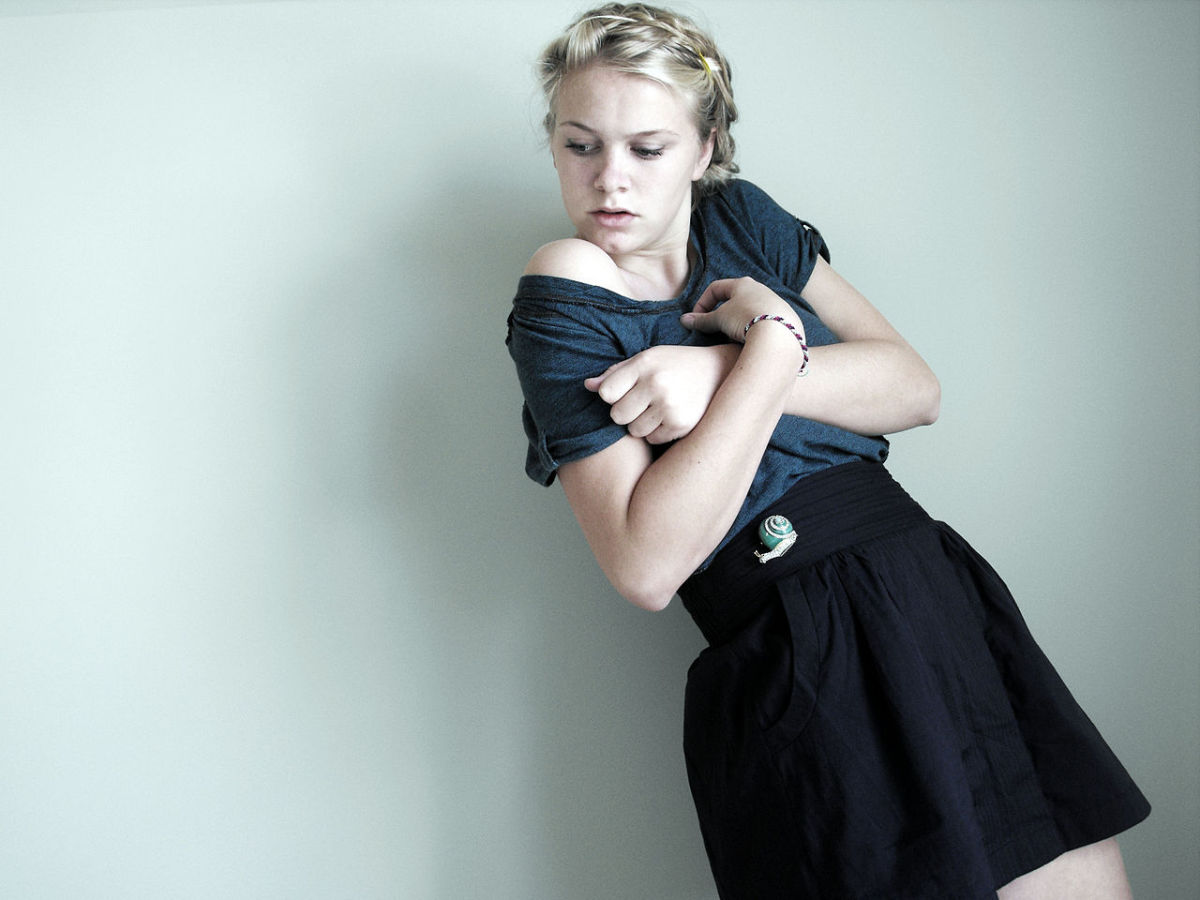How Do You Know When Someone Is Lying?

Become a Human Lie Detector with These Simple Tips on Reading Body Language
Nobody likes being lied to, yet at some time in our lives we have all met a person that has lied to us, leaving us feeling like fools, disappointed and even angry. It is worse when we think that there are many people who get ahead in life telling lies at work, in a marriage, at school, in politics and in so many other areas of life.
Can we stop that? Can we stop people from lying? Unfortunately we can't eradicate lies, but what we can do is to make it harder for liars to deceive us. You don't even need to force a person to take a lie detector as shown in the movies; you can spot liars by learning to read human body language.
To turn yourself into a human lie detector you need to learn how to 'read' a person from top to bottom, or in the case of the article, from the feet up to the head.
Before starting you need to remember this main rule: when you read body language, you must look for a series of 'signals'. A few isolated signals do not mean that a person is lying however a combination of them would strongly suggest that the person exhibiting these signals is lying. As long as you analyze a person's actions, behaviour and speech as a whole, rather than as unrelated individual actions, your chances of spotting actual lies are greatly increased.
So, let's start now from the feet, which are the easiest to interpret.
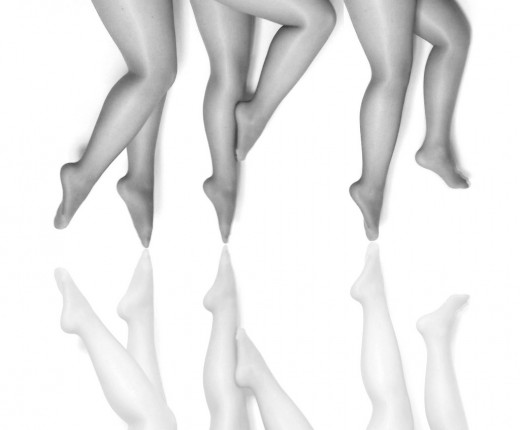
Legs, Knees and Feet
Usually the legs and feet are the parts of the body we have the least conscious control over when lying. The liar is normally more focused on his/her arms, hands, facial expressions and voice.
The first thing to look for is if the feet and legs are pointing toward an exit or away from you as this would indicate that the person wants to leave, but this could be because the person is bored rather than being uncomfortable with the topic.
Nervous movements of one or both feet or fast tapping do not always mean a person is lying to you as they could be a sign of natural nervousness. So be careful with this sign especially if you spot it in a person do not know very well. But if a person is moving his/her feet a lot during a conversation and then stops while he/she is telling you something, it is indicative of a lie. Alternatively, if their feet are still for the whole conversation and suddenly they start to move, this is most probably connected to a lie.
An interesting thing to note is the differences between male and female liars. For example, men speed up their foot movements during a lie, while women slow them down. A seated man who is telling the truth will usually have his legs uncrossed and directly facing you. But this would be harder to say for a woman as in western traditions they keep them crossed. You'd have to rely on noticing that women with legs pointing away from you are uninterested, feel threatened or uncomfortable because they are lying.
If a person is sat with their legs crossed, check to see which direction the knee of the top leg is pointing. If the knee is pointing to the person they're talking to, it indicates they are attracted to the person so it is less likely that they are lying. If the knee is pointing to the exit, this means they just to quit, or make an exit. Tightly crossed legs is a defensive position.
If a person was sat with their legs open but then suddenly crosses them, this may be in relation to them telling a lie. Also consider that leg positions can naturally change during the conversation just because the person is tired or in an uncomfortable position.
If the person is standing, rather than sitting, note that a wide stance, means the person has confidence. If the feet are pointing away from the other person, this means they want to leave or feel uncomfortable about the discussion, similar to the direction of the knees when they are sitting. If, during a conversation, a person walks to a more distant spot or backward from you, this is usually out of discomfort because they are lying
Do you lie?

Hips
The hips, with their proximity to genitalia, are an area of power and can send out strong signals when trying to spot discomfort and signs of lying.
A confident person pushes their hips forward, leaning back, and this emphasises their confidence (and/or sexual attraction) when communicating with the other person. In contrast to this, someone who is going to lie will withdraw the hips as if unconsciously protecting the genitals. As seen above, hips pointing away or to the exit means the person wants to leave, for the same reasons as previously stated in relation to the legs and knees.
Where one places his or her hands in relation to the hips is also worth noting. Hands on the hips could be a signal that a liar is preparing to fight. A movement of hands toward the genitals is usually a sign of nervousness.
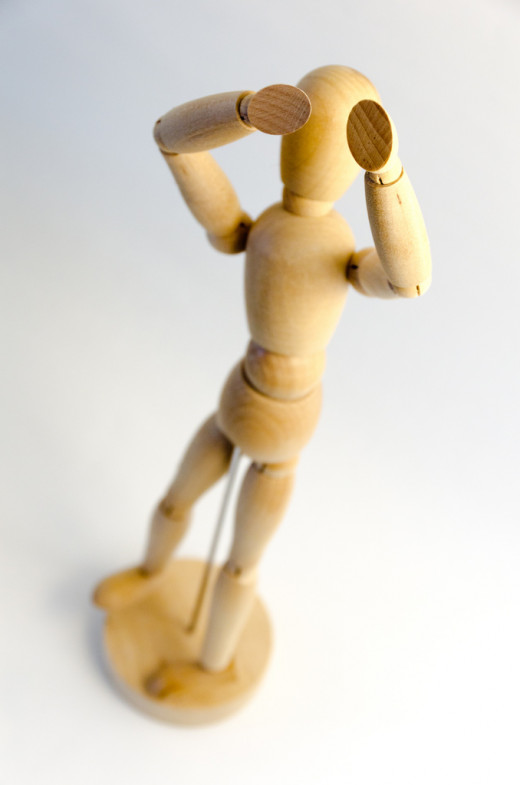
Torso: Back, Chest and the Shoulders
When it comes to spotting lies, the upper part of the torso is more important than the lower part. The stomach has little importance. If the other person's chest is not facing you, this means the person wants to get out of the conversation.
Hunched or rolled in shoulders are also possible signs of lying; this could relate to the weight of the lie, or simply caving in on the self and making a smaller target. A person who is lying may raise their shoulders and lower their head. Shrugging frequently, especially if it does not correlate to what the person is saying, may be a sign the person doesn't want to answer as he/she feels uncomfortable.
Checking the breathing frequency is also a good idea as rapid, shallow breaths could indicate fear or nervousness.
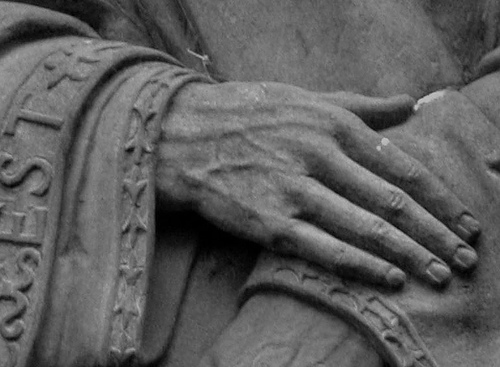
Arms and Hands
The arms and hands are usually what we use the most when we are talking, but they are also what we are the most aware of when we gesticulate, so these movements are the easiest to manipulate by a liar. For example, most salespersons and politicians know that showing ones arms with palms facing outward is a sign of openness and truth.
Folded arms across the chest indicate a defensive position. The person feels uncomfortable. Holding a pursue, bag, or a drink while sitting at a table means are ways for the person to create a barrier, thus distancing themselves from whomever they are talking to.
This one may be a little harder to spot, but clasped hands behind the back means confidence and hence usually a sign of the truth. Whereas if the person is massaging his or her own arms it shows signs of feeling uncomfortable, hence this is a self-soothing gesture.
Tapping, scratching or rubbing and changing the speed of these actions may also be sign of lying.
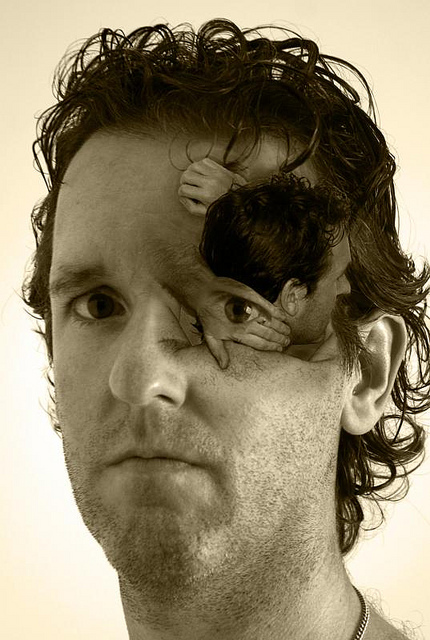
Head and Eyes
Usually when we talk to someone we make look straight at the head and eyes so these can be some of the easiest signs to look out for.
By lowering the head, the other person could be signalling a lack of confidence but be sure to eliminate the fact that they may just be shy. Most people know that looking straight in to the eyes of someone you are talking to is a sign of confidence; looking away from the eyes of another person could signal a lack of confidence in what he or she is saying. Lowering the eyes could be signal of submission, fear or guilt.
A quick sideways glance is usually a sign that a person feels irritated about something said during the conversation, so while it may not signal lying, it may be a valuable sign that you need to change the subject. To tell whether the smile that person is giving you is genuine or not, note whether it affects the whole face and eyes; a fake smile usually involves only the mouth.
Touching an ear or placing a hand on the back of the head indicates indecision or conflict. Tilting the head can be sign of interest in something or someone (much like what is seen in animals, particularly dogs) and the same goes for wide eyes.
A hand on the cheek could mean that the person is thinking or pondering just as stroking the chin can mean that the person is trying to make a decision. These could be signs of someone trying to come up with a lie if these actions do not correlate with what is being said.
Read People Like an FBI Agent!






